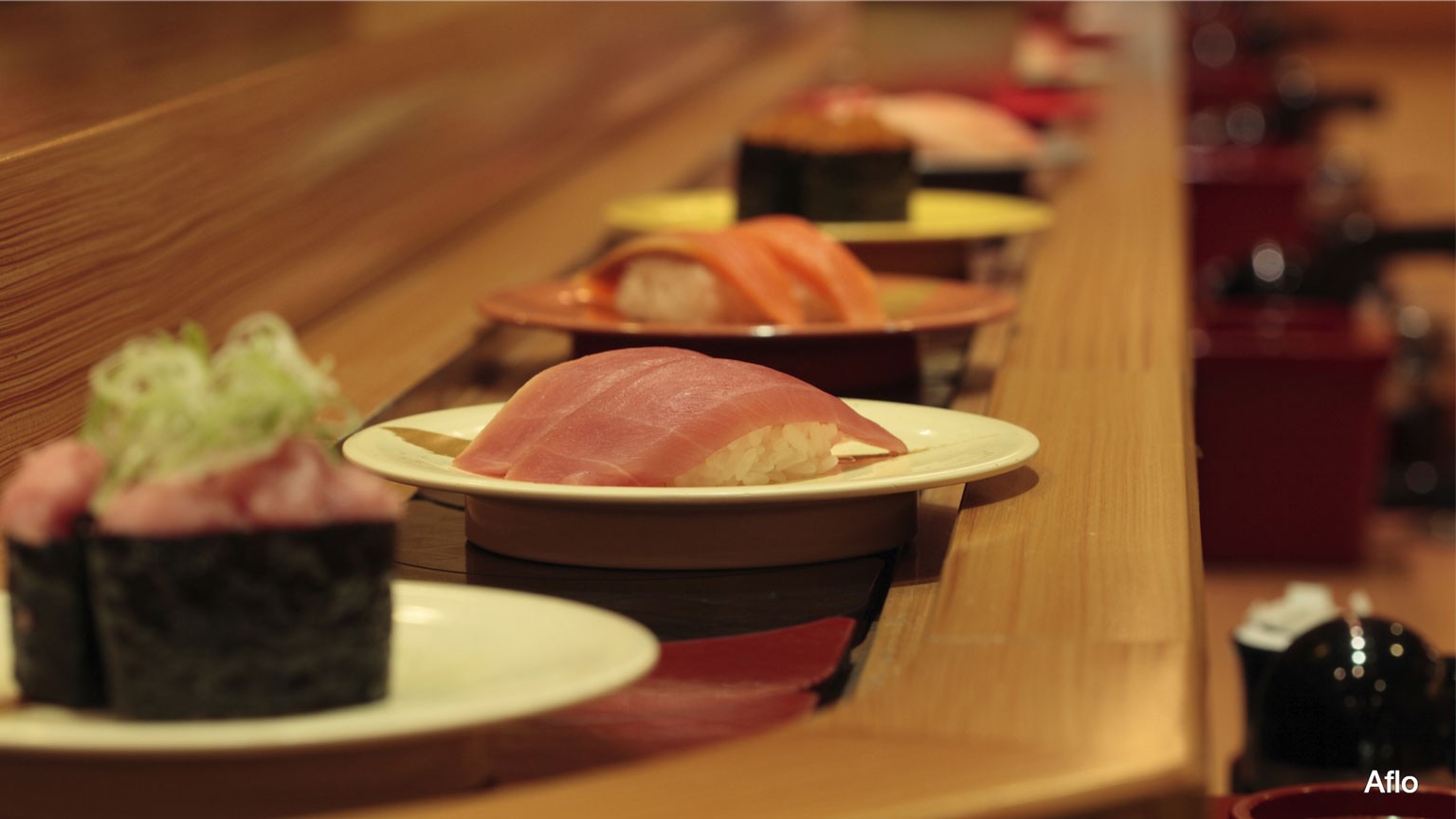The move follows a handful of unhygienic so-called 'sushi terrorism' pranks that people filmed and put online. In the most notorious video, a customer licks the spout of a communal soy sauce bottle. Another video includes a customer licking the rim of a teacup and putting it back on the shelf, and a customer putting wasabi on someone else's order as it passes him on the conveyor belt.
Several of the clips have triggered legal action from the companies targeted. But the restaurants' biggest challenge is to restore customer confidence.
Historically, people have been drawn to conveyer-belt sushi eateries for their speed, variety and value. Customers enjoy the array of choices, and the unique style of service makes it popular with tourists.
But not anymore at some restaurants.
Pressing pause on the conveyor belt
Choushimaru is a leading sushi restaurant chain with about 90 eateries in the Kanto region, including Tokyo and its neighboring prefectures. One of its most popular Tokyo outlets was fully remodeled last October in a way that had already headed off any risks.
A large conveyor belt used to run past diners who could also make individual orders by calling out to the chef or using a touch panel.
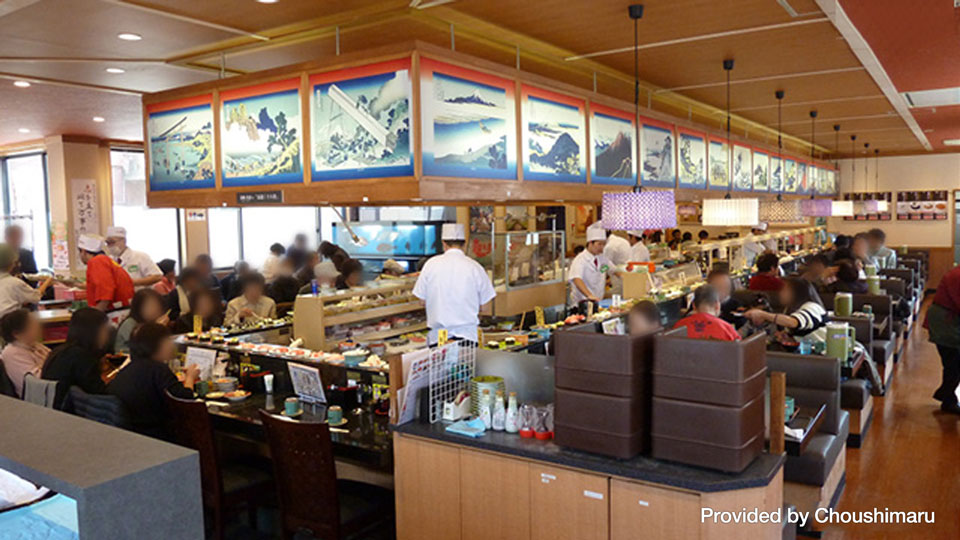
Now, the space that used to be occupied by the chefs has been replaced with seating and the sushi is made to order. Customers make selections using a touch panel and the food is prepared in a kitchen out back.
From there, the chef sends dishes directly to their destination using a conveyor belt.
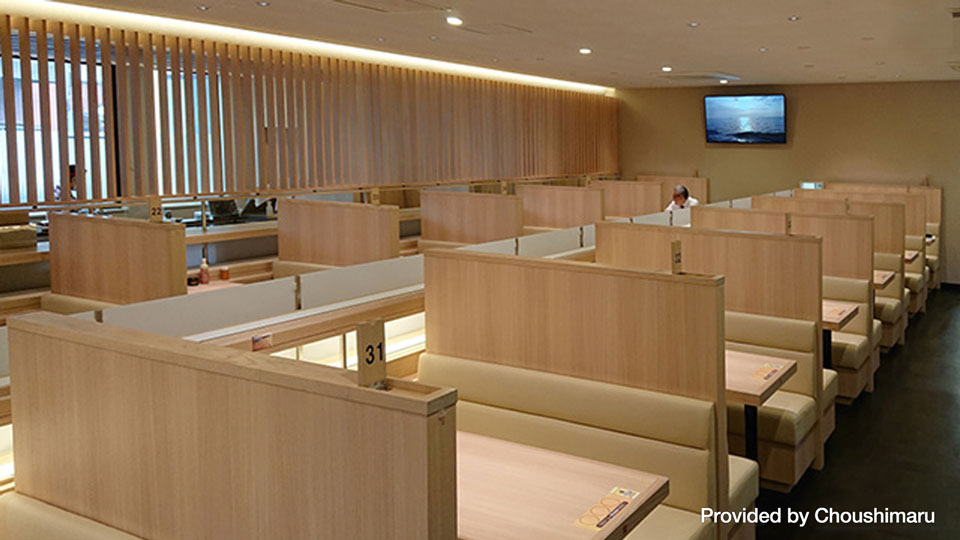
Boosting revenues with make-to-order
Choushimaru says the make-to-order system helps to prevent the spread of coronavirus. It ensures the dishes are served fresh and speedily, while the restaurant managers keep better track of consumer preferences.
Another bonus is that it eliminates mistakes involving customers who take sushi that someone else ordered.
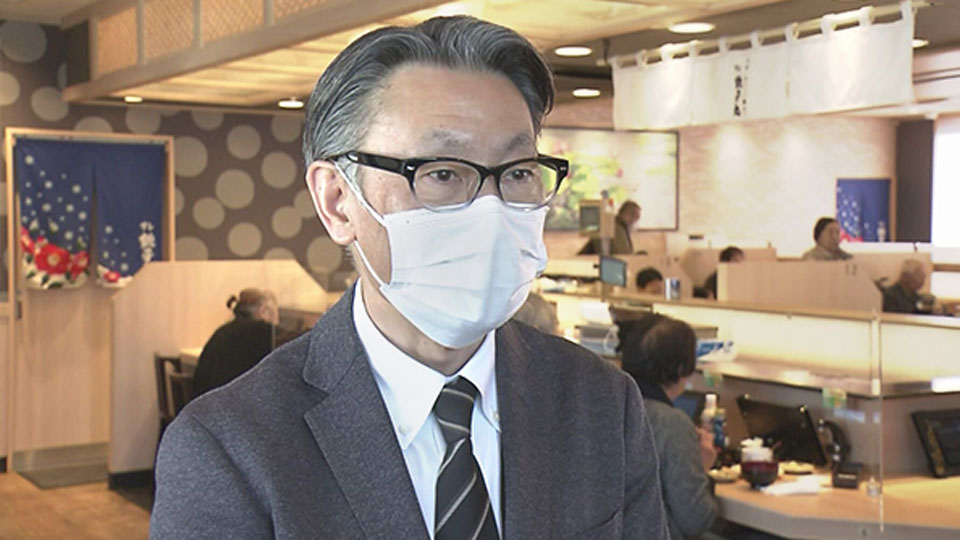
"The make-to-order system could increase productivity and revenue," says Choushimaru's management strategy chief, Shimoko Yuji.
Customer numbers and profits have jumped at the renovated outlet. Choushimaru had planned a gradual rollout of the new system, but the 'sushi terrorism' scandal pushed it forward with plans to introduce make-to-order at all stores.
Industry resistance
Some restaurant operators are reluctant to abandon the established model. Many temporarily halted their conveyor belt lanes during the coronavirus pandemic, but have since restarted them.
"When customers returned, some sushi chefs couldn't deal with make-to-order during peak times and they brought back the shared conveyor belt," explains an industry insider.
"Ordering by touch panel is boring for customers, and the various sushi on the lane can visually attract people," he adds.
The mainstream approach
Yonekawa Nobuo, an industry analyst of conveyer-belt sushi restaurants notes that chains serving medium-to-high priced sushi produced locally are tending to shift to the new style. The coronavirus pandemic prompted the change, and Yonekawa estimates that about 80 percent of the 4,000-5,000 outlets in Japan have already stopped putting sushi on conveyor belts.

"It is important to rethink the strength of the outlet," says Yonekawa. "The systemization strategy of conveyer-belt sushi restaurants was all about their operation. From now on, they have to introduce new technology. The challenge is how to offer good-tasting sushi at a reasonable price."
The future of kaitenzushi
It's fun for customers to see and choose from a well-stocked conveyor belt — but for restaurant operators, that increases cost and risk. The industry has already been pummeled by the coronavirus pandemic, and the 'sushi terrorism' scandal has forced changes aimed at sustaining business.
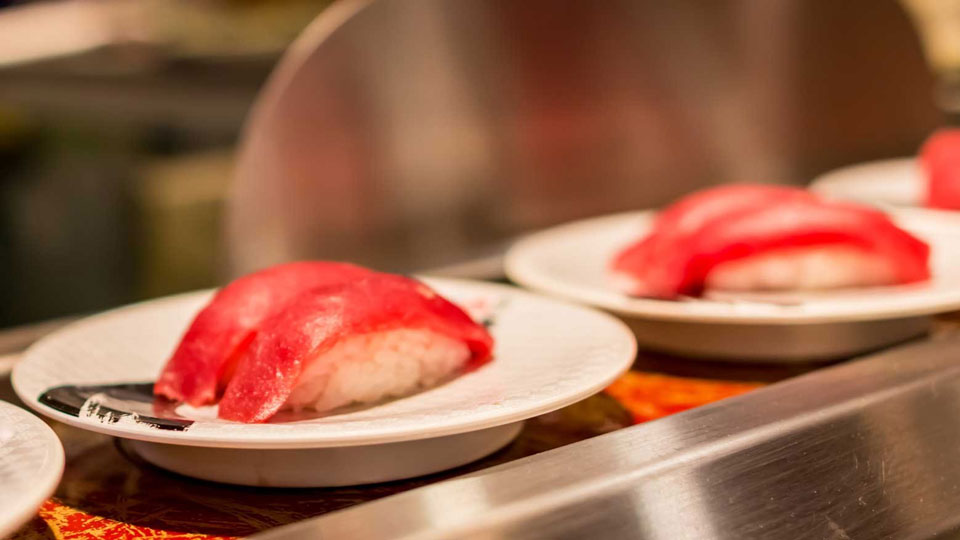
*Related article: 'Sushi terrorism' sparks outrage in Japan (February 7, 2023)
